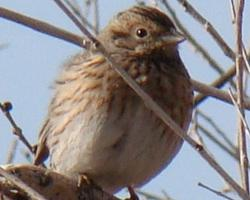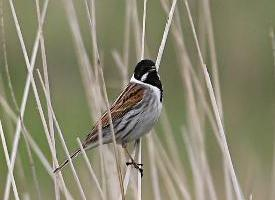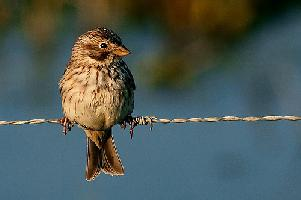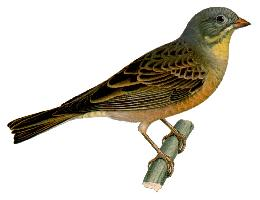
Statut de conservation
| Intrépide |
Description de l'animal
The Pine Bunting (Emberiza leucocephalos) is a captivating species of bird that belongs to the Emberizidae family, which encompasses a diverse group of seed-eating birds with a distinctively shaped bill. This bird species is notable for its striking appearance and the beautiful melodies it produces. The Pine Bunting is primarily found across the vast expanses of Siberia, extending westward to the Ural Mountains and eastward to the region near Lake Baikal. During the winter months, it migrates southward to spend the season in parts of China, Iran, and the Indian subcontinent, showcasing its adaptability to different environments.Adult males of the species are distinguished by their vivid plumage. The crown and nape exhibit a blend of white and black streaks, creating a distinctive and attractive pattern. The cheeks and underparts are predominantly white, with the breast and flanks adorned with rich, chestnut-brown streaks. Their back is a mix of brown and black, providing excellent camouflage against the forest floor and tree bark. The wings are dark with two white wing bars, which are particularly noticeable during flight. The tail is black with white outer feathers, adding to their striking appearance when seen from behind.
Females and juveniles, on the other hand, have a more subdued coloration compared to the males. Their plumage consists of duller browns and grays, with less pronounced streaking on the underparts. This camouflage is essential for nesting females and young birds, offering them protection from predators.
Pine Buntings are generally around 15-17 centimeters in length, with a wingspan that ranges from 23 to 29.5 centimeters. They have a robust body shape typical of buntings, with a strong, conical beak that is adept at cracking open seeds, which constitute the majority of their diet. Besides seeds, their diet can also include small insects, especially during the breeding season, when they require additional protein for egg production and feeding their young.
The habitat of the Pine Bunting is primarily the taiga and mixed forests, where they can be found in open woodland areas, forest edges, and clearings. They have a preference for areas with a mix of trees and open ground, which provides them with ample foraging opportunities while offering protection from predators.
During the breeding season, which typically occurs from late spring to early summer, Pine Buntings engage in a variety of courtship displays, including melodious singing by the males to attract females. Their song is a sweet, melodious trill, which adds a delightful ambiance to their natural habitat. Nests are usually constructed on the ground, hidden among grass or under shrubs, where the female lays a clutch of 4 to 6 eggs. Both parents participate in feeding the chicks, which fledge approximately two weeks after hatching.
Despite facing threats from habitat destruction and degradation in some parts of their range, the Pine Bunting is currently classified as Least Concern by the International Union for Conservation of Nature (IUCN), indicating that it is not currently at immediate risk of widespread decline. However, ongoing conservation efforts are essential to ensure that this species, along with its habitat, remains protected for future generations to enjoy and marvel at.
Animaux similaires
Nouvelles photos d'animaux
Top 10 des animaux
- Dolphin gull (Leucophaeus scoresbii)
- Diana monkey (Cercopithecus diana)
- Moustached guenon (Cercopithecus cephus)
- Galápagos tortoise (Geochelone nigra complex)
- Japanese macaque (Macaca fuscata)
- Stone loach (Barbatula barbatula)
- Russian tortoise (Testudo horsfieldii)
- Greek tortoise (Testudo graeca)
- Common flying dragon (Draco volans)
- Vendace (Coregonus albula)


